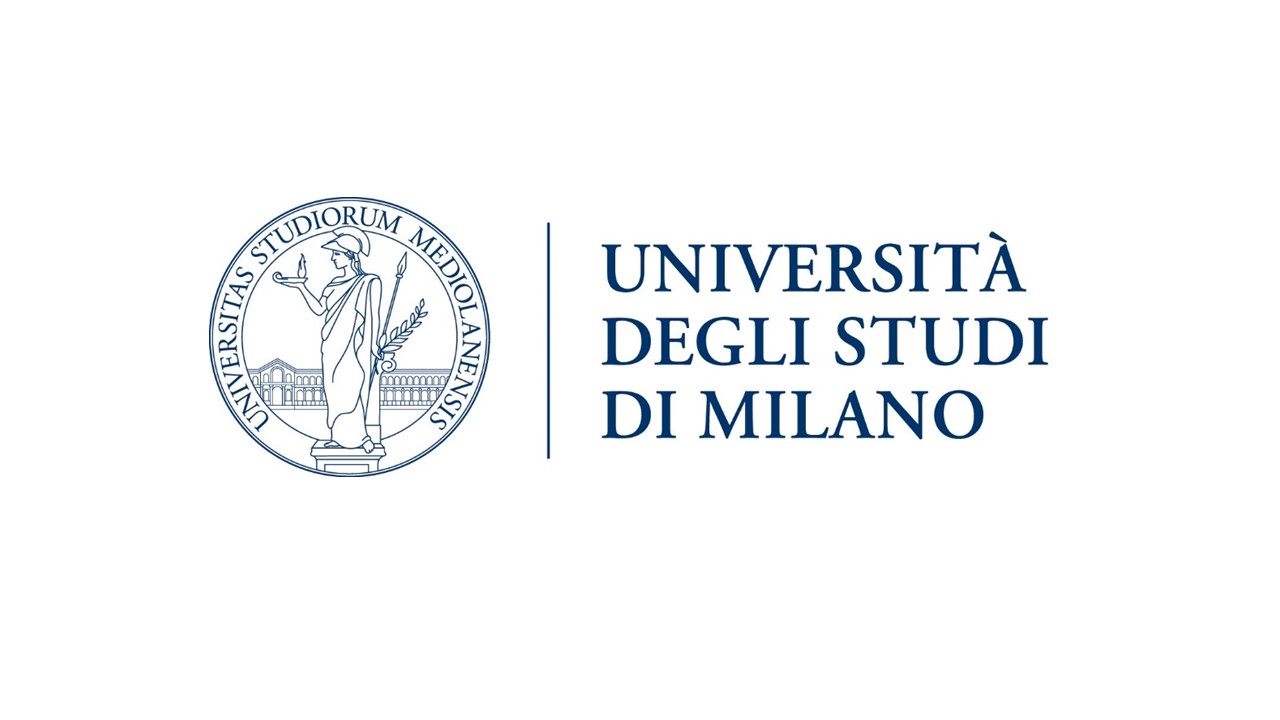University of Milan

The University of Milan is a public teaching and research university, which - with 8 faculties and 2 schools and a teaching staff of 2000 professors - is distinguished by its wide variety of disciplinary fields.
A leading institute in Italy and Europe for scientific productivity, the University of Milan is the largest university in the region, with approximately 64,000 students; it is also an important resource for the socio-economic context of which it is a part.
Milan is, in fact, the capital of Lombardy, one of the most dynamic and international regions in the European Union, a leader in the national economy that stands at the Italian forefront of research and development investments and commitment to technological innovation.
The University of Milan also possesses a remarkable artistic and cultural heritage that includes important historic buildings, inherited and acquired collections, archives, botanical gardens and the old Brera Observatory commissioned by Maria Teresa of Austria.
The University’s departments are housed in important historic edifices in the centre of Milan and in modern buildings in the area known as Città Studi (the City of Studies).
Among the palazzos that house the University’s facilities are the old “Ca’ Granda” ("the big house") – a monumental complex from the 15th-century in the heart of the historical city centre - the 18th-century Palazzo Greppi designed by Giuseppe Piermarini – who built the Scala Theatre in Milan – and the 17th-century Sant’Alessandro College commissioned by the Arcimboldi family.
The book collection, which is one of the richest in the region, is preserved in 52 libraries, while the APICE Centre collects rare and valuable book stocks and archives.
The University also has a Choir and its own Orchestra, which actively contributes to the cultural life of the city and receives international acknowledgements on an increasingly frequent basis.